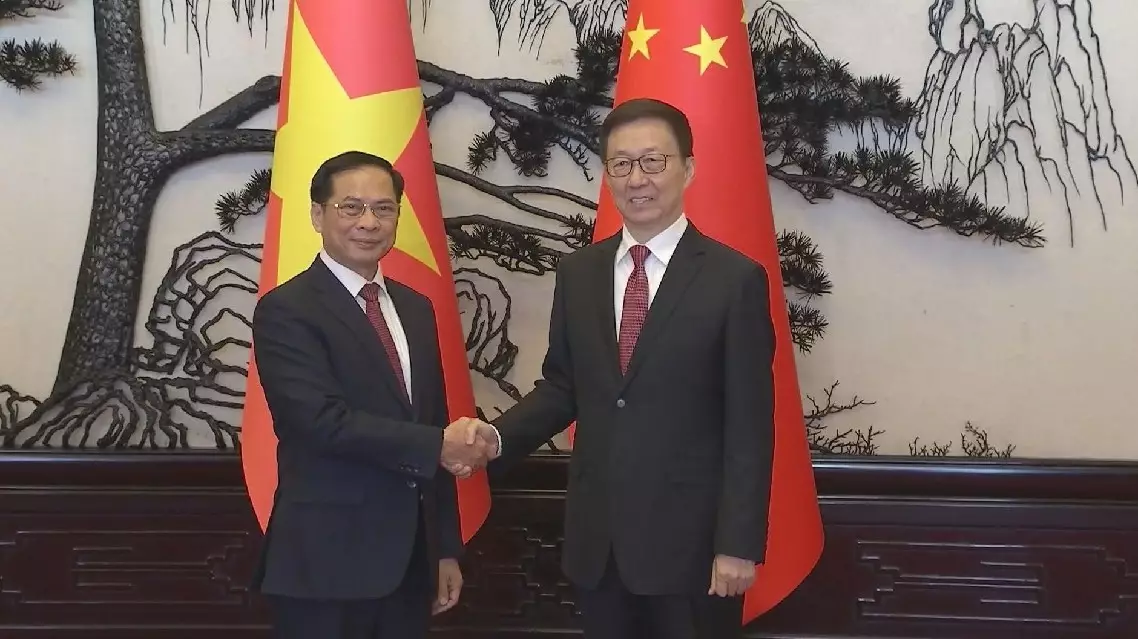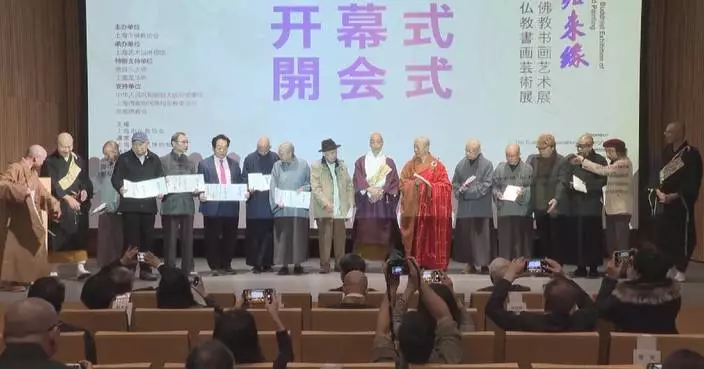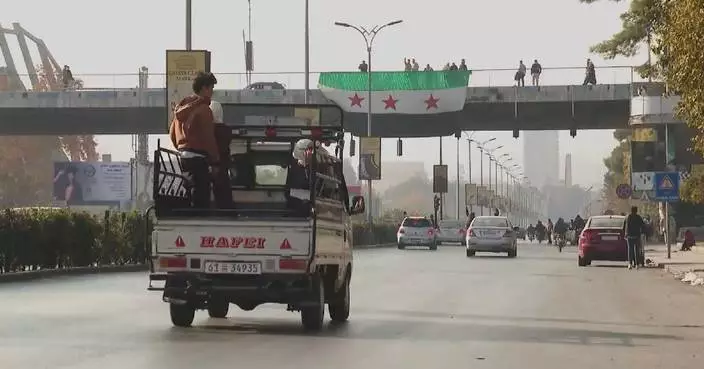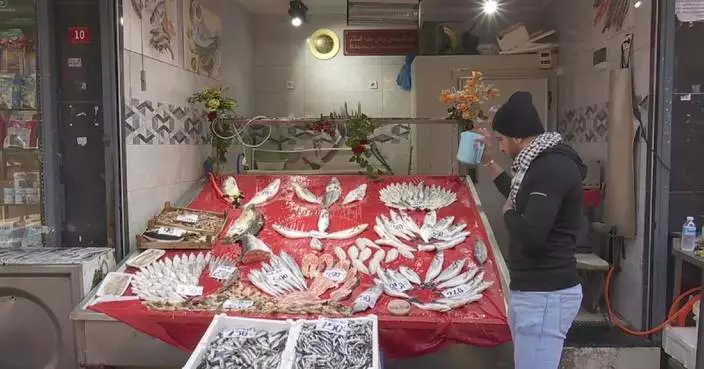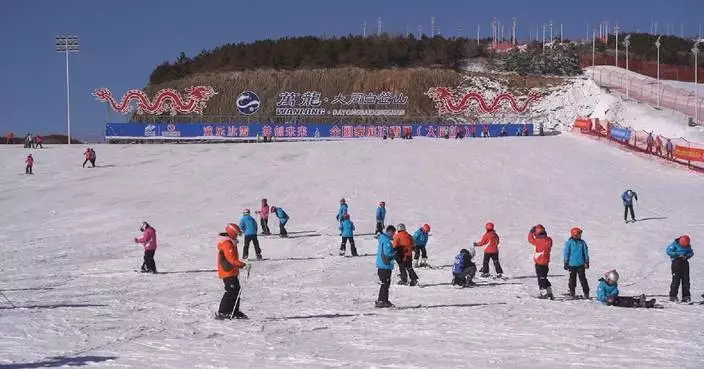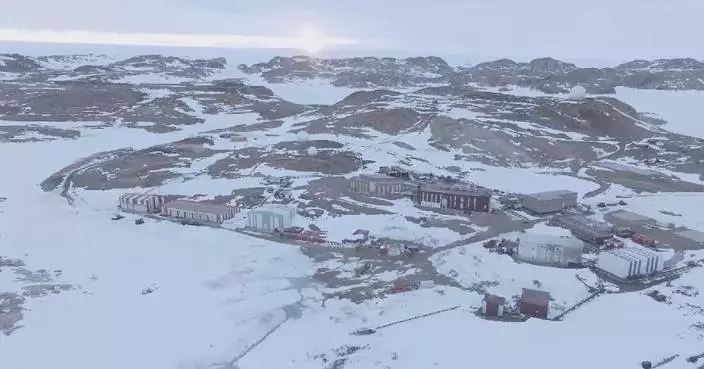A coastal highway project jointly built by China and Peru is transforming both daily life and tourism in Peru's capital Lima one year after its completion, while showcasing the enhanced ties and promising cooperation between the two nations, said a former employee of the project.
The Lima Green Coast Project, which opened to traffic in April 2023, has cut travel time for many people and created new recreational spaces along the city's Pacific coast, serving as a testament to the friendship and cooperation between China and Peru.
Cesar Hidaldo Valladares, who served as head of logistics and subcontracts for the project, shares his experience of collaborating with the Chinese company and highlights the benefits this project has brought to Peru. He believes the highway's completion not only eases daily travel for local citizens but also enhances the travel experience for tourists.
"I felt very good working with a Chinese team. I recognize that they are very committed to the company's goals and objectives. As far as logistics is concerned, it was a great experience. The results of the work allowed us to expand the logistic spectrum that our company needs with the entry of new investments and new companies. As for transportation, the project fulfilled its objectives," Valladares said.
The highway, also featuring a bike lane, a pedestrian walkway and waterfront parks, marks the first major public infrastructure project completed by a Chinese company in Peru. Its Chinese contractor China Railway Tunnel Group (CRTG) employed more than 1,500 local workers at the project's peak.
"As for tourism, by having built this branch that leads to the districts of San Miguel and Chorrillos, it allows domestic tourism to increase. Every time you enter the Costa Verde, you have access to green areas, parks that allow healthy recreation for all families, not just for domestic tourism, but also for international tourism. The impact has been very favorable because the constructed branch line improves the standard of living, not only for the people or families who live near the project, but also for visitors," he said.
Originally outlined in Lima's 1995 city plan and expanded in 2015, the highway served as key infrastructure for the Pan American Games. It represents growing economic ties between Peru and China, with Valladares expressing optimism about future collaboration.
"The expectations are very high, because the commercial exchange that exists between countries, and speaking particularly of Peru-China cooperation, is fundamental tool for both countries. As long as more investments are generated and new companies enter our country, this will increase competitiveness and improve costs. Undoubtedly, what both countries are looking for is to strengthen commercial ties that lead to economic growth and the creations of new jobs, always based on good agreements and cooperation from both sides. I believe that this leads to a good future," Valladares said.
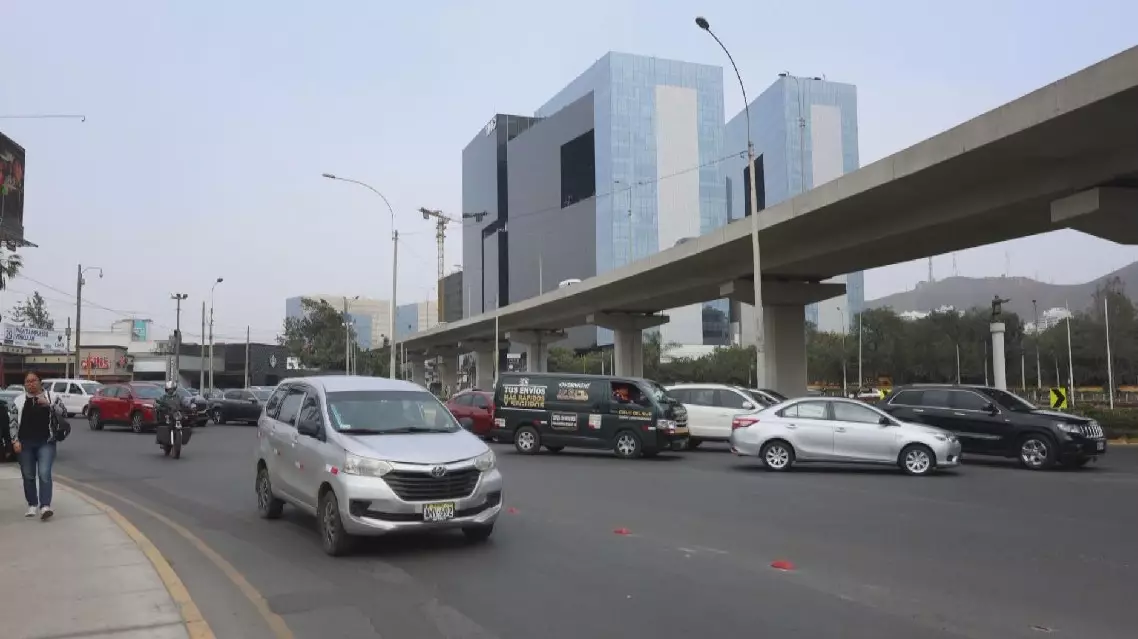
China-Peru road project improves traffic, tourism: former employee


